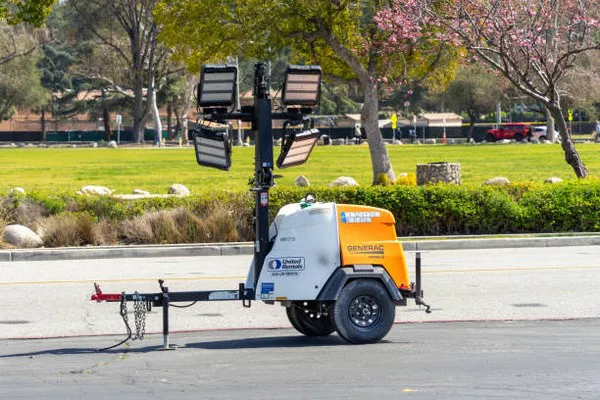In an era where uninterrupted power supply is crucial for both residential and commercial settings, standby generators have emerged as indispensable assets. These devices serve as a reliable backup power source, ensuring that essential systems and appliances continue to operate seamlessly during power outages. In this article, we will delve into what a standby generator is, how it works, its key components, and the various applications that make it an essential investment.
Defining Standby Generators
A standby generator, also known as an emergency generator or backup generator, is a device designed to automatically provide power during electrical outages. Unlike portable generators, which require manual intervention to start and connect to the electrical system, standby generators are permanently installed and connected directly to a home or business’s electrical system. This integration allows them to automatically detect power outages and kick in without any delay.
How Standby Generators Work
Standby generators operate on a straightforward principle. They are connected to the electrical system through a transfer switch, which monitors the incoming utility power. When the transfer switch senses a power outage, it signals the standby generator to start. Once the generator is up and running, the transfer switch redirects the electrical load from the grid to the generator.
Standby generators are typically fueled by natural gas, propane, or diesel. The choice of fuel depends on factors such as availability, cost, and the generator’s intended use. Natural gas and propane generators are often favored for residential applications due to their cleaner burning and readily available fuel sources, while diesel generators are common in commercial and industrial settings where larger power capacities are required.
Key Components of Standby Generators
Engine: The engine is the heart of the standby generator, responsible for converting fuel into mechanical energy. It drives the generator’s alternator, producing electrical power.
Alternator (Generator): The alternator, also known as the generator, converts the mechanical energy from the engine into electrical power. This is the component that ensures a steady and reliable supply of electricity.
Fuel System: Standby generators rely on different fuel sources, such as natural gas, propane, or diesel. The fuel system includes the tank, fuel lines, and other components necessary for fuel delivery to the engine.
Voltage Regulator: This component ensures that the electrical output from the generator remains within acceptable voltage limits, preventing damage to connected appliances and devices.
Control Panel: The control panel houses the necessary electronics to monitor the generator’s performance and coordinate its functions. It includes features such as the start/stop controls, indicator lights, and sometimes advanced diagnostic capabilities.
Transfer Switch: The transfer switch is a critical component that manages the switch between the utility power and the generator power. It ensures a seamless transition during power outages.
Applications of Standby Generators
Residential Use: Standby generators have become increasingly popular in residential settings, providing homeowners with peace of mind during power outages. They can power essential appliances, such as refrigerators, heating and cooling systems, lights, and medical equipment.
Commercial and Industrial Settings: Businesses and industrial facilities rely on standby generators to maintain operations during power interruptions. These generators can support critical systems, data centers, manufacturing processes, and emergency lighting.
Healthcare Facilities: Hospitals and healthcare facilities depend on standby generators to ensure uninterrupted power for life-saving equipment and critical care areas. The reliability of standby generators is paramount in these settings.
Telecommunications: Telecommunication infrastructure, including cell towers and data centers, requires constant power to ensure communication services remain operational. Standby generators play a crucial role in maintaining connectivity during power outages.
Emergency Services: Police stations, fire departments, and emergency response centers need continuous power to carry out their vital functions. Standby generators ensure these services can operate seamlessly, even in adverse conditions.
See Also: What Is The Best Home Generator
Conclusion
Standby generators have become integral to maintaining continuity in various sectors, offering a reliable solution to power interruptions. Whether for residential, commercial, or industrial use, these generators provide a sense of security and ensure that critical systems and appliances can function without disruption. As technology continues to advance, standby generators are likely to see further improvements, making them even more efficient and essential in our modern, power-dependent world.

